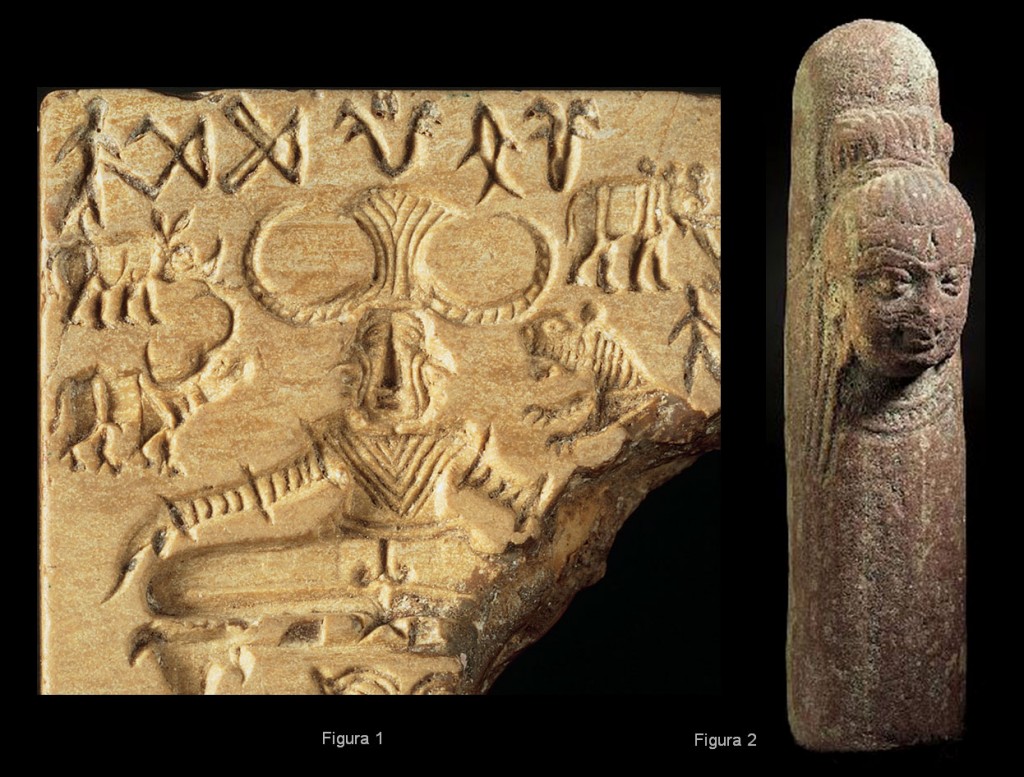Debunking Aryan Invasion Theory: It’s Not Revisionist History When It’s Accurate: Huffington Post
The Aryan Invasion Theory was invented by Max Muller and other Colonial “scholars” because they came from a mindset of conquering and invasion. The Aryan Invasion helped them justify their own invasion of India. Since then an enormous amount of evidence clearly shows that there was no invasion and instead India has much more homogenous population that an invasion would suggest.
The British did not want to accept the simple and obvious truth that India was the origin of all the European people and Sanskrit the root language for all European languages. Hence they invented an non existent proto-indo-european language (which we still have no evidence for) and an imaginary place between Europe and India where they decided Aryans came from. This then coupled with their colonizing mindset led to the invasion theory.
—–
It’s Not Revisionist History When It’s Actually Accurate
By Murali Balaji, Director of Education and Curriculum Reform, Hindu American Foundation
Since I took over as the Director of Education and Curriculum Reform for the Hindu American Foundation (HAF) last year, one of the most gratifying parts of my role has also been one of the most depressing: reviewing what school districts include in their instructional materials and content standards.
It’s gratifying because educators truly want to have the most up-to-date and accurate information when it comes to understanding how world cultures have developed historically. The reality, however, is that most instructional materials still have a ways to go in accurately describing the cultural histories of diverse groups. Perhaps one of the most controversial issues in world history textbooks is one that directly relates to my role (hence my paradoxical emotions): the origins of ancient Indians.
To understand why the issue is controversial, and stokes emotions on different sides of the arguments, it’s important to add some historical context. During the 1800s, Orientalist scholars such as Max Müller developed the theory that ancient India, specifically the northern part that includes modern day Pakistan, was invaded by a group called the Aryans, a term derived from the Sanskrit term arya (noble) and used commonly in the Rig Vedas, one of Hinduism’s oldest sacred texts. Their assumption of an invasion was guided by a number of contextual factors, including the assumption that the Earth, at least according to Christian beliefs, was only several thousand years old.
Moreover, the homology between Sanskrit and contemporary European languages such as English and German was, and remains, a persuasive argument for a “Proto-Indo-European” (PIE) language from which Sanskrit, English, German and other languages descended. During Müller’s time, it also seemed appropriate to situate the original PIE-speaking group in the middle of the various territories the descendant languages currently occupy. By this logic, Sanskrit speakers would have come to India somewhere from the West. Hence, the Aryan Invasion Theory. All subsequent data for more than a century was fit into this model.
But a funny thing happened to the Aryan Invasion Theory (AIT): evidence emerged that the so-called Aryans could have been indigenous to India. The long-puzzling remains of Harappa and Mohenjo-Daro, for example, discovered after the AIT was developed, suggested practices that are similar to those of contemporary Hinduism, undercutting the belief that Hinduism was a religion imposed from the outside into the subcontinent.
Additionally, even the linguistic basis for the theory came into question, as research on the traditional dichotomies between so-called Aryan and Dravidian languages revealed more linguistic diversity than previously understood. Slowly, even the most hardcore proponents of Aryan Invasion Theory began to shift to a more nuanced explanation, called Aryan Migration Theory, to explain how Aryans mingled with Dravidians in waves, eventually establishing Vedic culture in the subcontinent. Aryan Migration Theory, however, has failed to account for recent genealogical and archaeological findings that suggest more indigenous roots. Several studies conducted over the past decade show that an Aryan Invasion or Migration simply could not have occurred the way scholars had previously surmised, including a 2011 study and one conducted by National Geographic.
While I won’t go as far as to say that the Aryan debate is settled, it’s clear that children in schools probably don’t need to be inundated with information about conflicting theories that do little to help us understand the development of ancient Indian society. Aryan Invasion or Migration Theory continues to be prominently featured in textbooks, while states such as California are still using outdated understandings about Aryan Invasion Theory as a basis for content standards. This is why HAF is pushing for an evidence-based reform and revision of educational content, especially in light of how Common Core is being implemented across the country. Perhaps in reforming instructional materials, we can better appreciate the rich legacy of ancient Indian society, including developments in Hinduism, and the emergence of Buddhism and Jainism.
In previous efforts, notably in California, critics contended that opposition to Aryan Invasion Theory was simply a case of Hindu historical revisionism or the idea that Hindus simply couldn’t accept outsiders imposing a way of life upon ancient Indian society. Actually, that argument sounds a lot like those who insist that the pyramids in Egypt or temples in Central and South America were the work of space aliens because of their disbelief that ancient non-European peoples could be so sophisticated.
The fact is, it’s not revisionist when it’s accurate. More importantly, our understanding of history is constantly changing because of new evidence, and it should never be up to any educational institution or textbook publisher to cherry-pick facts when convenient. The theories of Aryan invasion/migration need to be changed because evidence — not any special interest — compels them to. With that in mind, we hope that any debates on the origins of ancient India don’t obscure a great reality: the civilization that began thousands of years ago helped to bring sustaining positive influence to the world into modern times.










